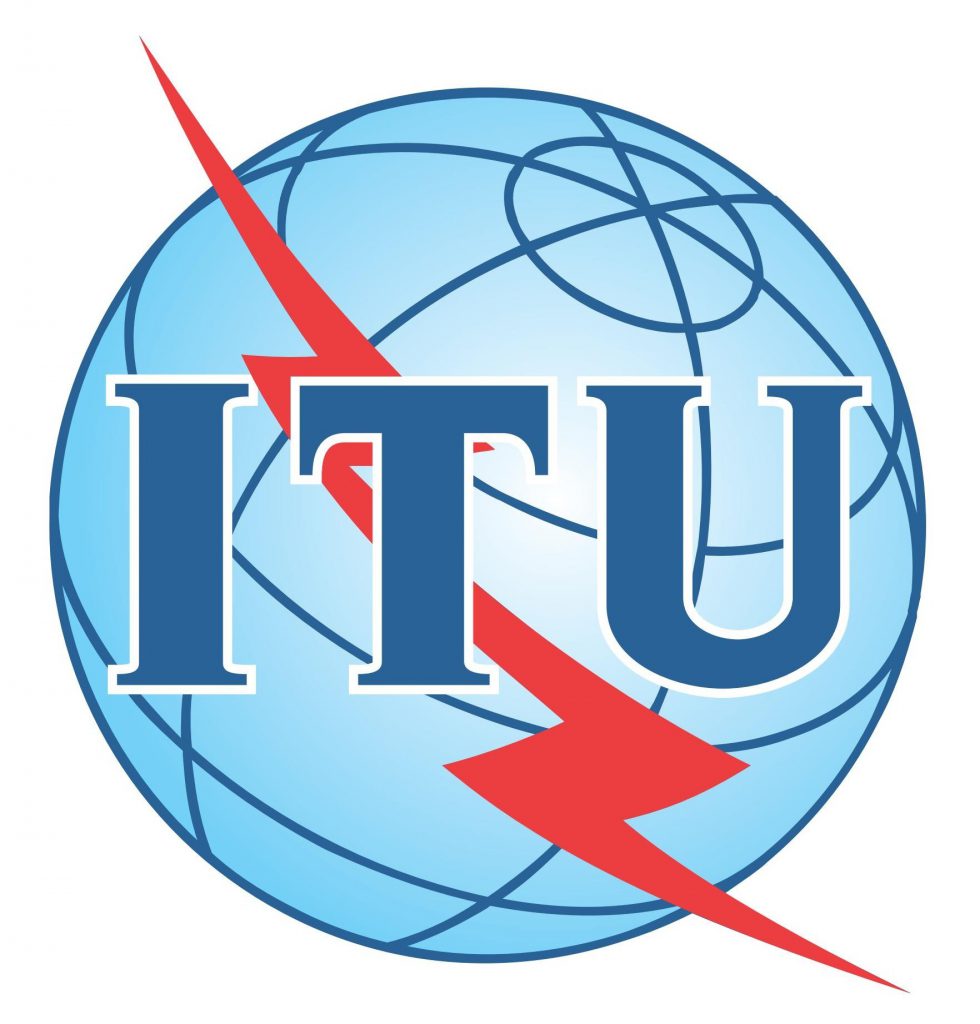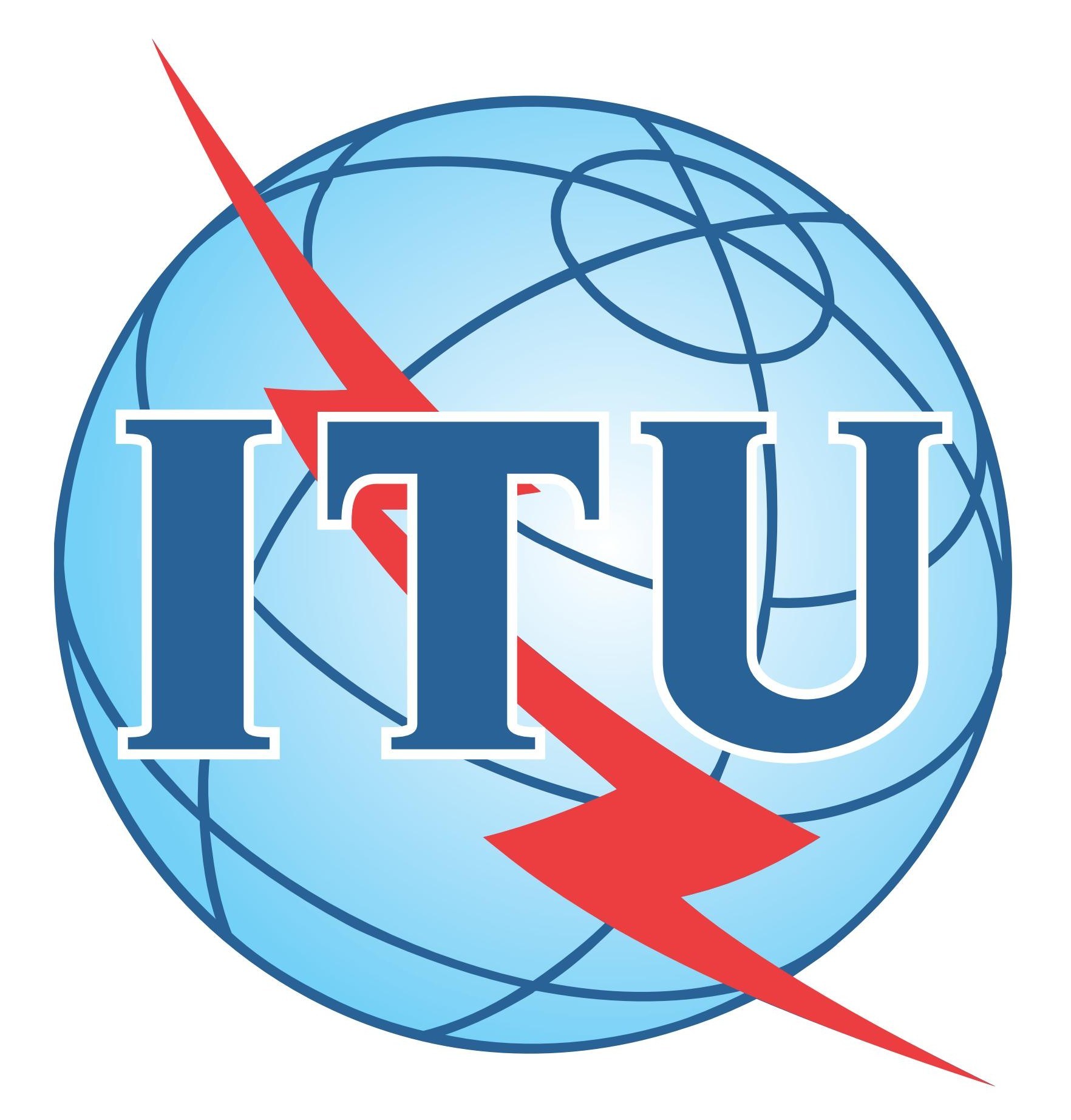
The International Telcommunication Union (ITU) has released draft 5G IMT-2020 minimum technical performance requirements that aim to be “more flexible, reliable and secure … when providing diverse services in the intended three usage scenarios:
- enhanced mobile broadband (eMBB)
- ultra-reliable and low-latency communications (URLLC)
- massive machine type communications (mMTC)
These requirements are not intended to restrict the full range of capabilities or performance that 5G rollouts might achieve, nor are they intended to describe how they might perform in actual deployments under operating conditions.
The peak data rate under ideal conditions for a single mobile station is suggested as minimum: Downlink 20 Gbit/s and Uplink 10 Gbit/s.
The target values for user experienced data rate are as follows in a Dense Urban (eMBB) test environment: Downlink of 100 Mbit/s and Uplink of 50 Mbit/s.
User plane latency is the contribution of the radio network to the time from when the source sends a packet to when the destination receives it (in ms). The ITU suggests that for 5G in ideal circumstances this should be: 4 ms for eMBB and 1 ms for URLLC.
Control plane latency is the transition time from a device switching from it’s most “battery efficient” idle state to the start of continuous data transfer. The ITU suggests a minimum requirement of 20ms with an aspirational lower goal of 10 ms.
An interesting requirement for connection density says each cell tower should be able to provide QoS to 1 million limited bandwidth devices per square kilometre. This requirement is aimed at providing reliable network access for massive machine type communications (mMTC), such as Internet of things sensors embedded in urban environments.
We aren’t likely to experience high-speed trains in Australia anytime in the future thanks to vision-less governments.
However when you go overseas after 5G networks get rolled out, the ITU minimum performance requirement includes QoS for mobile devices moving at up to 500 km/hr. So you should be able to use your phone fine with no problems on a Japanese Shinkansen bullet train or China’s maglev train.
In terms of mobile spectrum the requirement for bandwidth is at least 100 MHz, up to 1GHz if feasible for operation in higher frequency bands (e.g. above 6 GHz).
It must be emphasised that this is a draft, not a final performance specification for 5G and much can change during the rest of the year until November 2017 when the 5G IMT-2020 standard is expected to be ratified by the ITU.





